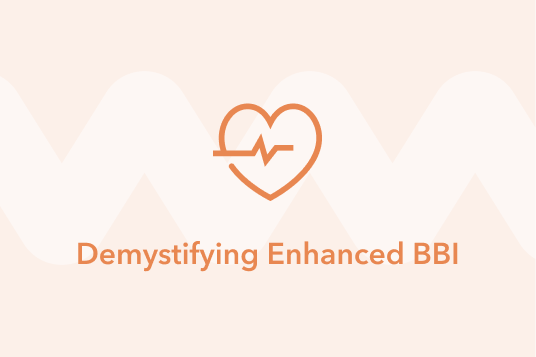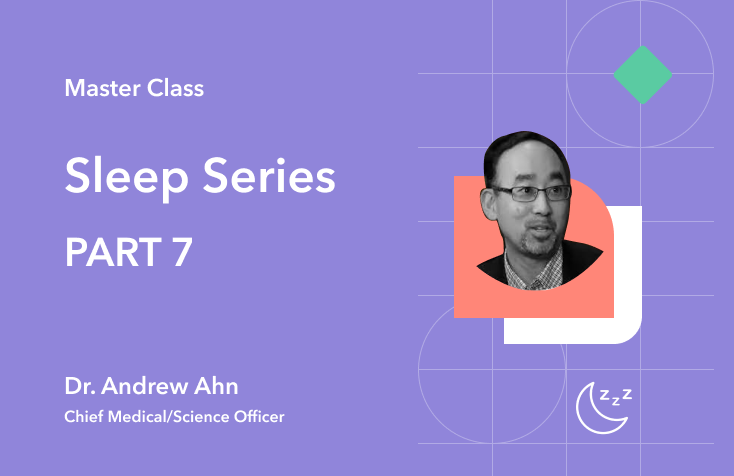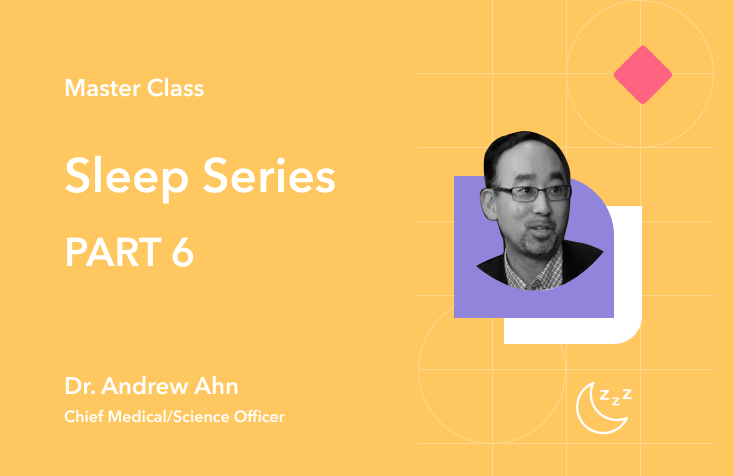Level-Up Your Research with Physiological Data Collection
Enhance your research with a broad range of granular physiological data from wearables including sleep actigraphy, movement tracking, respiration rate, oxygen saturation, and beat-to-beat interval.
.webp)

.svg)
Capture participant data, continuously
Use wearable devices to gain a more complete picture of participants with vast amounts of objective data collected in their native environment.
.svg)
Remote-friendly solution built for the digital age
Access and manage participants’ data from a centralized dashboard, reducing the need for in-person visits.
.svg)
We handle the APIs, SDKs, and coding, so you don’t have to
We've taken the hassle out of data collection so you can focus on other aspects of your research.
.svg)
Customized sampling rates to get high-resolution data
Gain more control over your data to get what you need. From daily average heart rate and steps every hour, to each individual heartbeat, we give you the most granular data for better results.
How it works
Choose the device which best suits your research needs
Whether you need months of battery life or detailed interbeat interval to calculate heart rate variability, pick the best device to fit your study objectives and budget.
.avif)

Customize the data type and sampling rate for best practice
Choose from a wide selection of physiological data including activity, sleep, heart rate, and ECG waveform.
Customize your sampling rate for higher-resolution data. Every minute, every second. It’s your choice.


Invite participants to join your project and collect data
Add participants to your project by distributing a unique invite code generated in Labfront to each one.


.webp)
.avif)
View collected data and track real-time adherence
Remotely view participants’ collected data and completed tasks to proactively address any compliance issues.

.svg)
Export data in a single click for additional insights
Download your data in a CSV format that is easily importable into your favorite analysis tools, like MATLAB.

.svg)
High-resolution data capture to enhance your experiment
From lifestyle data like activity and step count to detailed beat-to-beat interval that helps you derive heart rate variability, we've got you covered.
.svg)
.svg)
.svg)
.svg)

.svg)
.svg)
.svg)
.svg)
.svg)
.svg)
.svg)
.svg)
.svg)
.svg)
.svg)
.svg)
.svg)

Turn data into insights with Labfront Analytics
Our team of data scientists will work with you to understand your needs and help get the most from your data with custom analytics.

Built to overcome the challenges of the digital age
.webp)
.svg)
Labfront adheres to ICH-GCP, HIPAA, SOC 1/2/3 and GDPR. We keep up to date with the regulations so you don’t have to.
.webp)
.svg)
Unlike big-tech, we believe in data privacy. You control your data. We will never sell your data, ever. Period.
.webp)
.svg)
Labfront is built with the best practices in security in mind. Features like secure encryption that protects your data both at rest and in transit are tablestakes.


.svg)
.svg)




.svg)


.webp)





.svg)